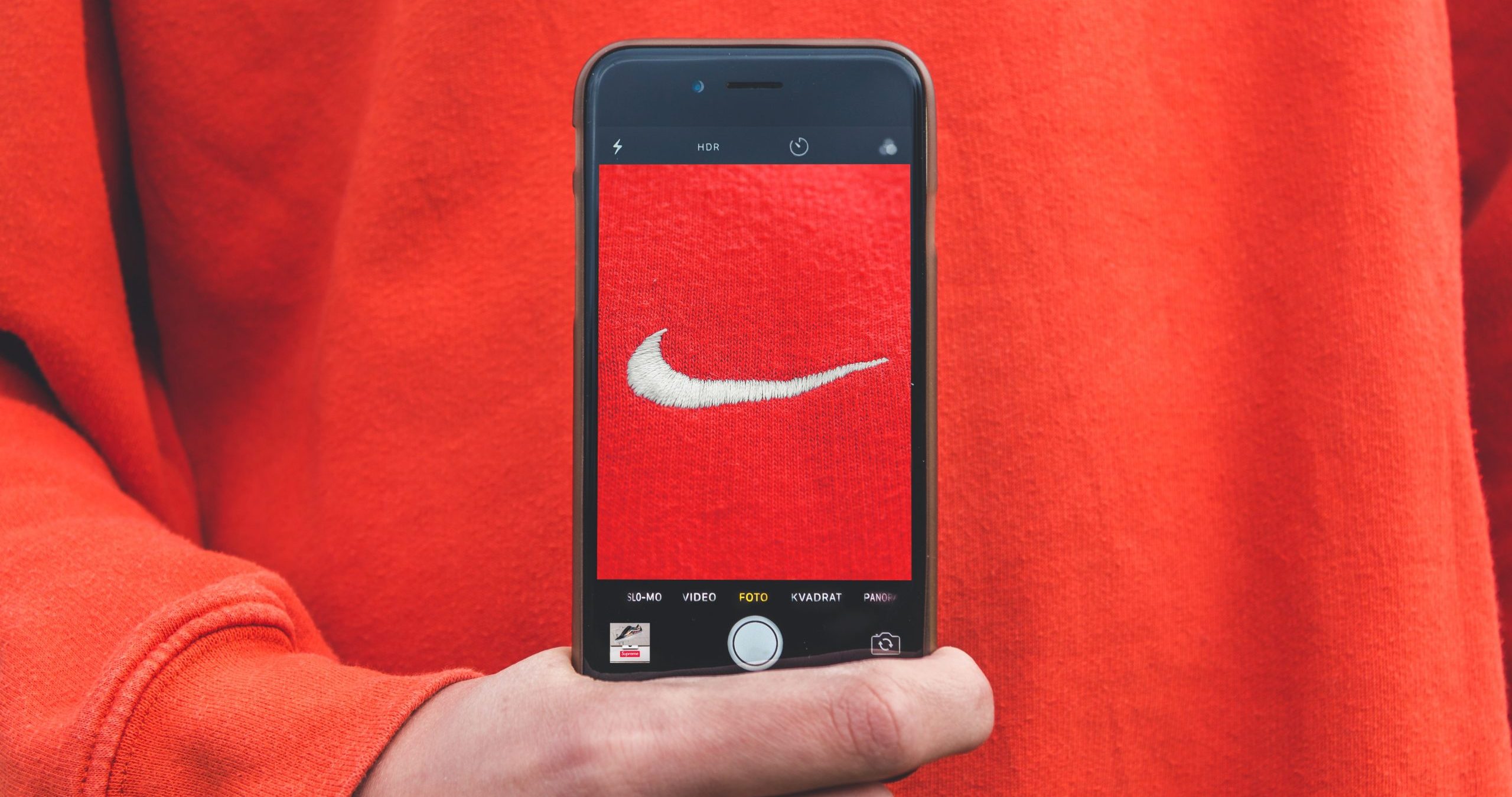If 2020 was a Harry Potter character, it would be Dolores Umbridge. Cruel, stubborn and very punchable, no-one is going to want 2020 back around their house for tea anytime soon.
It’s against this nasty backdrop that consumers start to emerge from the catacombs of Lockdown. They’re popping down to the shops again on their lunch break. They’re working part-time jobs and can finally afford to meet their friends for drinks. They’re thinking about holidays, and dinner parties, and weddings and so on and so forth. While consumers start to feel their oats and make steps towards real life, many brands have realised the value of strategic brand positioning – in particular, their brand purpose. In this short (but meaty) post, I’m going to explain what brand purpose means and why 2021 is the best time to curate your brand purpose.
First up, I will explain what exactly a Brand Purpose is – or more importantly, what it should be.
“Brand purpose is the reason for the brand to exist beyond making money.” (burnthebook.co.uk)
In simple terms, your brand purpose should tell your consumers what your business is doing to try change the world for the better. Lots of brands direct their efforts towards behaving ethically, adopting environmentally friendly practices, or taking a stand politically in their communications and messaging. There are lots of reasons to choreograph a meaningful brand purpose, but making sure your purpose is aligned to your core values is key, as simply identifying your brand purpose and talking about it isn’t enough to stand out from the crowd in 2021.
According to Deloitte CMO Becky Stiles, consumer scrutiny of wishy washy brand messaging has increased due to Covid. “They are not seeing the promise from the top line come all the way through to the way that brands are treating – not just customers – but their employees.”
It could be the constant brand messaging that has been drip fed to us daily while locked up at home plugged into our phones for comfort and connection. It could be the incessant hypocrisy of huge brands causing untold damage to our climate and environment. It might be the influx of Black Mirror-esque technology flooding the market to replace normal human behaviour (hello, self-driving cars!). Whatever the reason, consumers are tuned into the actions of their favourite brands and, as such, adapting their purchasing habits.
Surely no-one can forget Pepsi’s disastrous 2017 attempt at cooling tensions in the US by offering them a can of Pepsi, in turn appearing to be the most out-of-touch brand on the planet. The internet was flooded with criticism of the campaign.
Where did Pepsi get off speaking about such a complex and polarising issue? It has since served as an important lesson to many brands that consumers will no longer allow brands to trivialise important issues. Brands need to focus on actually doing good in the world, instead of seeming to do good for the purpose of marketing. David Jones, former global CEO at Havas, said “Consumers want to buy from and do business with brands that share their values and beliefs. And they will punish those businesses they view as irresponsible.”
During Covid, consumers began paying even closer attention to what their favourite brands were doing behind the scenes. The internet was awash with stories of major companies treating their employees unfairly due to the pandemic. Worldwide, priorities began to shift, not only for consumers but for marketers. Brands whose purpose is woven into the fabric of their existence were already ahead of this curve. For example:
- FMCG brands whose purpose is to make the world a healthier place
- Financial institutions whose purpose is to help consumers be more financially sound
- Telecoms companies whose purpose is to keep families and friends connected
- Entertainment companies whose purpose it to keep the whole family happy and engaged at a low cost
There are probably a number of top brands that spring to mind when you think of the above. What these brands have that sets them apart from the rest is strategic direction that goes beyond their bottom line. They have put their consumers at the very middle of their brand ethos and use this to dictate their values. In 2021, where consumers are slowly beginning to re-engage with society, reminding them of your brand’s purpose is key to your success.

